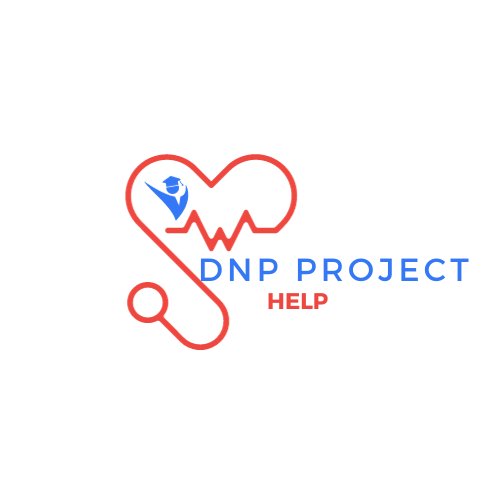
Question
How could you better implement descriptive epidemiological methods in your current or future practice? Provide an example of an instance when you might use descriptive epidemiology to improve care. Explain. Support your response with relevant literature.
Description
Descriptive epidemiology is a way of studying trends in health issues by looking at factors like who, where, and when. In practical terms, we can use it to observe patterns and then come up with ideas about where these patterns come from and what things might be causing health problems. Let’s take Central Line Bloodstream Infection (CLABSI) as an example. CLABSI happens when bacteria get into a central line and then into a patient’s bloodstream.
To use descriptive epidemiology for CLABSI, I would gather information about patients, like their age, race, gender, and education. I’d also look at how often infections happen, where the central line was put in (like the emergency room or intensive care), and why the central line was needed in the first place. By focusing on how central lines are used, we can then use proven methods to decrease the number of central lines.
One such method is called Ultrasound-Guided Peripheral Intravenous (USGPIV). This approach helps cut down on hospital-acquired infections like CLABSI, which can be really expensive to treat – up to $100,000 per infection, as shown by research (Savage et al., 2019). Studies indicate that using USGPIV can lower the need for central lines in patients who have difficulty with regular IV access, reducing the risk of CLABSI (Johnson et al., 2016; Reeves et al., 2017). In fact, one study by Reeves et al. (2017) showed that a Vascular Access Team using USGPIV successfully brought the CLABSI rate down from 14% to 0%. This means that by using simple and effective interventions like USGPIV, we can make a big difference in preventing infections and improving patient safety.
Reference
Johnson, D., Snyder, T, Strader, D., & Zamora, A., (2016). Positive influence of a dedicated vascular access team in an acute care hospital. Journal of the Association for Vascular Access, 22(1), 35-37. https://doi.org/10.1016/j.java.2016.12.002
Reeves, T., Morrison, D., & Altmiller, G. (2017). A nurse-led ultrasound-enhanced vascular access preservation program. The American Journal of Nursing, 117(12), 56-64. https://doi.org/10.1097/01.NAJ.0000527490.24610.51
Savage, T.J., Lynch, A.D. and Oddera, S.E. (2019) Implementation of a Vascular Access Team to Reduce Central Line Usage and Prevent Central Line-Associated Bloodstream Infections.
Journal of Infusion Nursing. 42(4):193-196.
Must Read:


